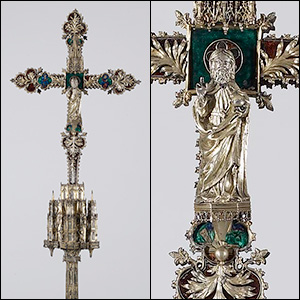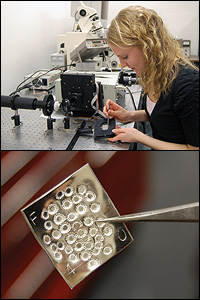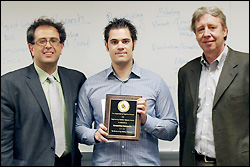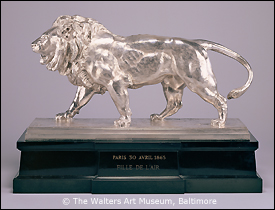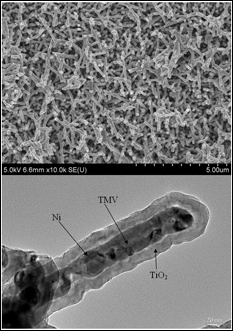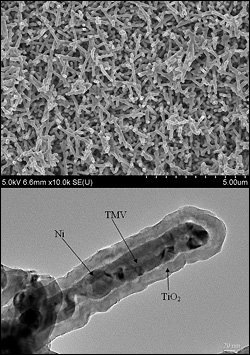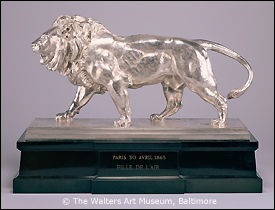News Story
Rubloff Talks Atomic Layer Deposition with C&EN
Department of Materials Science and Engineering (MSE) professor and Maryland NanoCenter director Gary Rubloff was one of several experts featured in a recent article in Chemical and Engineering News (C&EN), the weekly news magazine of the American Chemical Society (ACS).
"Making Films One Layer At A Time" discusses the wider applications of atomic layer deposition (ALD), a technique for creating thin films and coatings most often associated with semiconductors and the electronics industry. Emerging products that can be created with ALD include flexible displays, batteries, photovoltaics, lighting, textiles and nanoscale devices. Rubloff is one of a number of Clark School faculty members applying his knowledge of thin films to the development of devices that facilitate communication between biological and microfabricated electronics components.
The C&EN story also features the work of MSE graduate student Konstantinos Gerasopoulos, who along with his colleagues and his advisor, MSE affiliate professor and Institute for Systems Research director Reza Ghodssi, is using ALD to coat the tobacco mosaic virus in layers of metal, creating a nanowire-like structure that can be used as an electrode in millimeter- or sub-millimeter-sized lithium-ion batteries.
Although not featured in C&EN's story, another example of an innovative use of ALD can be found in the research of MSE professor Ray Phaneuf and MSE graduate student Amy Marquardt, who are currently working with conservation scientists from the Walters Art Museum in Baltimore to create atoms-thick coatings capable of protecting silver art and artifacts from tarnish and corrosion.
Read "Making Films One Layer At A Time" online at C&EN »
Published August 2, 2011

